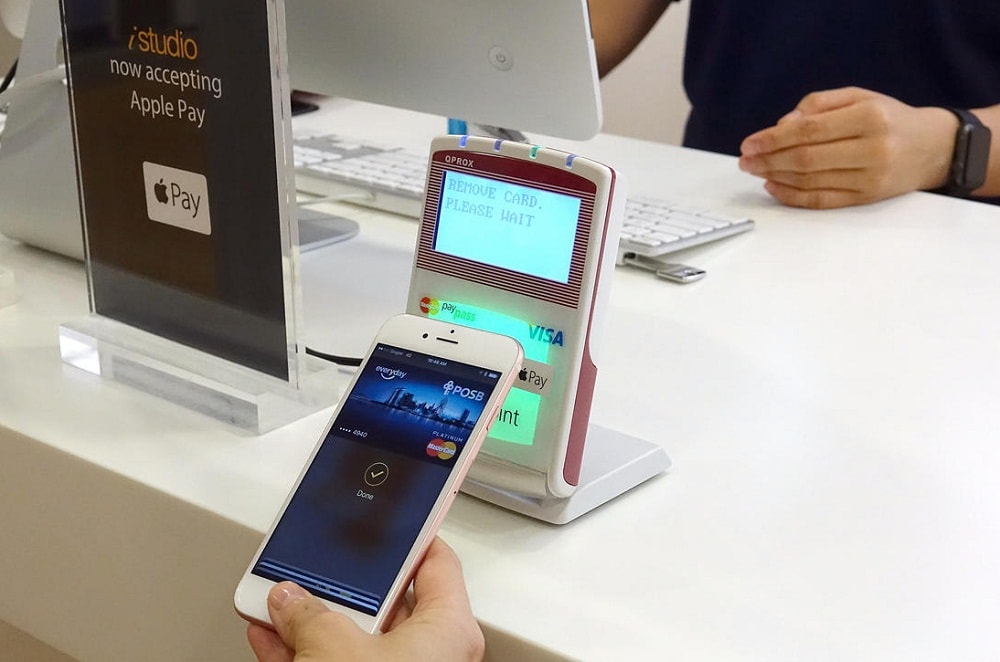Mobile payment methods are making it easier than ever for people to buy things on the go. Mobile payment methods are also making it easier for retailers and vendors to give customers what they want faster than ever before. However, the rewards of mobile payments do come with some risks. Mobile payment systems are still relatively new. Companies are measuring the full benefits and risks that come with the technology. Breaches like the one that recently affected 1.6 million users of PayPal’s TIO Networks indicates that there is still a lot to be learned when it comes to mobile risk management.
The Benefits and Risks of Mobile Payments
Any enterprise that sells products or collects payments has much to gain by offering customers to ability to send money using one-tap technology. Mobile payments provide opportunities to enhance customer experiences, learn insights regarding customer behavior and increase customer loyalty. There’s no doubt that mobile payments are on the rise.
However, no device is safe from hackers. Removing tangible credit cards from the equation makes personal information much more accessible to people who shouldn’t have it. A stolen or hacked phone can unlock bank accounts and reveal personal data to the outside world. Enterprises that offer options for mobile payments need to understand the risks around payment fraud. While the risk should not deter the advancement of payment options, enterprises must be prepared to protect customer information so that shoppers are kept safe and hackers cannot access private data.
How to Mitigate the Risks of Mobile Payments
As part of the responsibility to keep user information safe, enterprises also need to protect their own assets from retail fraud. A system for payment fraud prevention must be able to detect abnormalities or unusual activity. One of the best ways to do this is through big data. A platform that can collect, analyze and act on consistent streams of data is a prime defense against the around-the-clock risks that payment systems face.
Must Read: Do You Know What AI Has Done To Technology Today?
When looking at data, location is one of the biggest factors that can help diagnose fraud attempts. Big data offers many solutions for detecting fraud by monitoring location-based details. GPS capabilities make it possible to track where sales or payments are coming from in real time. Spikes in activity in certain regions of the world or activity that comes from locations that don’t typically use the services an enterprise offers could set off red flags.
Guidelines can be set up within a specific enterprise’s networks to suspend or isolate certain transactions until they can be reviewed manually. Security platforms can also use carrier information to determine if a payment system is being accessed by suspicious end users. A system that is capable of rapidly processing large amounts of data is essential when you consider that many hackers have already started to use AI to hack into payment systems around the world. Security settings are unique to each enterprise but are an important addition to mobile payment systems in particular.
Technology is a constantly changing and dynamic aspect of today’s society. As people are migrating towards mobile payment systems over brick and mortar purchases, addressing payment fraud should be prioritized by companies looking to expand their shopping experiences into the digital world.

